
Introduction to the Machine Language
G and M codes form the backbone of CNC (Computer Numerical Control) programming in machine shops and represent essential code commands serving as the universal language that bridges the gap between digital design and physical manufacturing. These alphanumeric commands direct machine tools with remarkable precision, transforming raw materials into intricate components used across industries. Whether in aerospace, automotive manufacturing, or hobbyist workshops, G and M codes enable automation that has revolutionized production processes worldwide.
The Historical Evolution of G and M Codes

The journey of G and M codes began in the 1950s with the development of Numerical Control (NC) by John T. Parsons and MIT researchers. Early NC machines used punched tape to store machine instructions and programming instructions, with G codes (Geometric codes) controlling motion and M codes (Miscellaneous codes) managing machine functions. As technology evolved from NC to CNC, these fundamental code systems persisted, becoming standardized through efforts by the Electronic Industries Association (EIA). Today’s modern manufacturing still relies on these core commands from various cnc programming languages , albeit with significant enhancements in functionality and implementation.
Understanding the Basics: What Are G Codes?
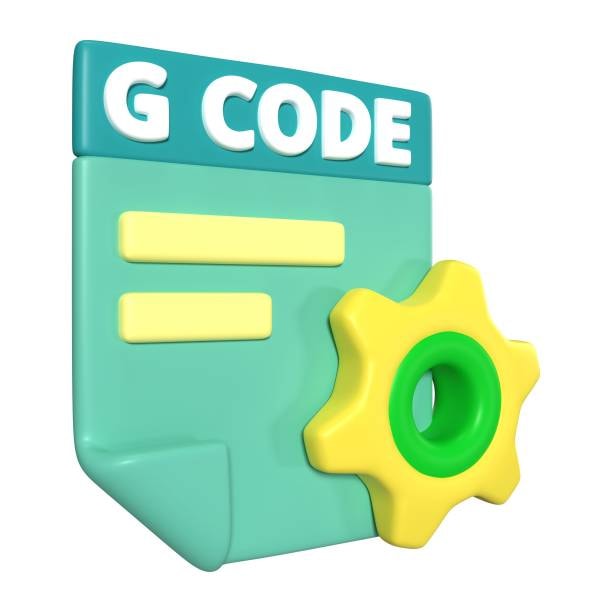
G codes, short for “Geometric” codes, primarily control the motion and positioning of machine tools. These codes determine how the cutting tool moves relative to the workpiece—whether in straight lines, arcs, or complex patterns, often considered in the x y z coordinate system . Each G code begins with the letter “G” followed by a number, often with additional parameters specifying coordinates, feed rates, or other variables. G codes establish the foundation for all machining operations by defining the tool path geometry and cutting conditions.
The Essential Functions of M Codes
M codes, or “Miscellaneous” codes, manage auxiliary machine functions, including adjustments for tool length, that complement the motion commands of G codes. These instructions control elements like coolant flow, tool changes, spindle rotation, and program flow. M codes typically appear as the letter “M” followed by a numerical value. While G codes determine where and how a tool moves, M codes handle everything else needed to create a functional machining environment. Together, they form a comprehensive control system for CNC operations.
The Standard G Code Categories
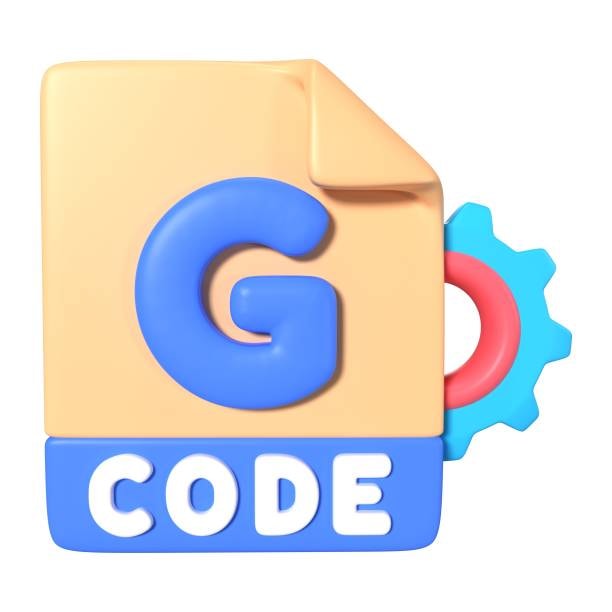
G codes fall into several functional categories that organize their purposes in CNC programming. Motion commands (G00-G03) control rapid positioning and linear or circular interpolation. Plane selection codes (G17-G19) determine which axes form the working plane. Canned cycles (G80-G89) automate repetitive operations like drilling patterns. Unit and coordinate system codes (G20, G21, G54-G59) establish measurement standards and workpiece positioning. Tool compensation codes (G40-G45) adjust for tool geometry. This organization helps programmers navigate the numerous g code commands available.
Key G Codes Every CNC Programmer Should Know
Several G codes form the essential vocabulary for CNC programming. G00 executes rapid positioning movements. G01 controls linear cutting movements at specified feed rates. G02 and G03 create clockwise and counterclockwise circular interpolation. G17, G18, and G19 select the XY, ZX, and YZ planes respectively. G20 and G21 set inch or metric units. G28 returns to machine home position. G40, G41, and G42 handle tool radius compensation. G90 and G91 determine absolute or incremental positioning. Mastering these fundamental codes and understanding how to create g code programs using a g code list provides the foundation for effective CNC programming.
Critical M Codes for Machine Operation
Several M codes are essential for controlling machine functions during operation. M00 initiates a program stop, while M01 creates an optional stop. M02 and M30 signal program end. M03 and M04 start spindle rotation clockwise and counterclockwise, with M05 stopping spindle motion. M06 executes tool changes. M07, M08, and M09 control coolant systems. M10 and M11 operate clamping functions. M19 orients the spindle to a specific position. Though these codes can vary slightly between machine manufacturers, understanding how to write these codes manually is crucial for cnc machine programming.
How G and M Codes Work Together
G and M codes operate in concert to create complete machining operations. A typical CNC program consists of blocks or lines of code that are the result of code generation , each containing a sequence of commands. Within these blocks, G codes establish the mode of operation and movement parameters, while M codes trigger machine functions at appropriate moments. For example, a program might use G01 to specify a linear cutting movement while simultaneously activating coolant with M08. This coordination ensures each machining step occurs with precise timing and proper machine setup on modern cnc machines .
Differences Between G and M Codes
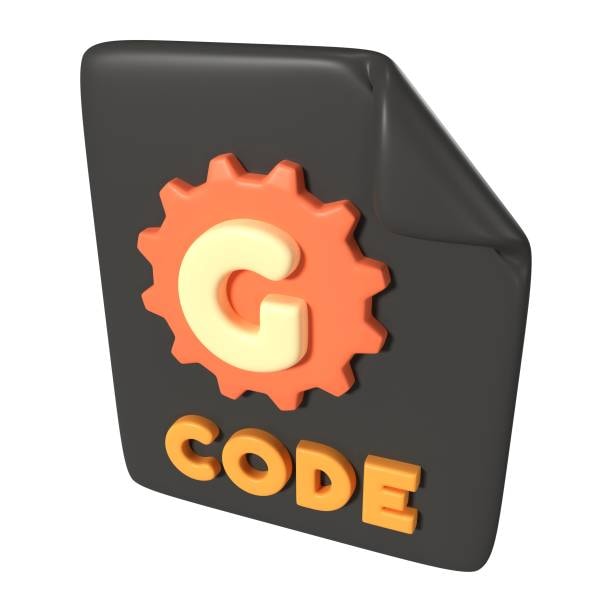
Though G and M codes work together, they serve distinct purposes in CNC programming. G codes primarily direct tool movement, position, and geometric functions—they define the “path” the machine follows, including movements in a clockwise direction . M codes control auxiliary functions that support the machining process but don’t directly involve tool motion. Another key distinction is that G codes are often modal, meaning they remain active until changed by another G code, while many M codes execute once and complete. Understanding these differences helps programmers develop logical, efficient code structures.
Modal vs. Non-Modal G Codes
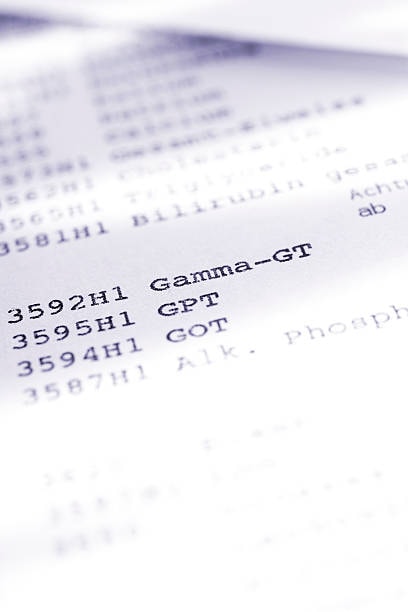
G codes fall into two behavioral categories: modal and non-modal. Modal G codes remain active until explicitly changed by another G code from the same group. For example, once G01 (linear interpolation) is programmed, all following movements will be linear until a different motion command is issued. Non-modal G codes, conversely, apply only to the block in which they appear. G04 (dwell), for instance, pauses machine operation for a specified time but doesn’t affect subsequent commands. This modal nature creates programming efficiency by minimizing redundant m code commands while maintaining control precision.
Advanced G Code Programming Techniques
Beyond basic operations, advanced G code techniques enhance machining capabilities. Parametric programming allows the creation of dynamic, adaptable code using variables and mathematical expressions. Macro programming enables the development of custom subroutines that can be called repeatedly, reducing program length and increasing flexibility. G code can also incorporate conditional statements and looping structures for complex operations. Advanced compensation techniques for complex programs adjust for tool wear, material characteristics, and machine dynamics. These sophisticated approaches transform G code from simple movement commands into a robust programming language that integrates well with computer aided design .
CNC Machine Control Systems and Code Variations
While G and M codes follow general standards like ISO 6983, implementations vary across control systems and manufacturers. Fanuc, Siemens, Heidenhain, Haas, and Mazak each have proprietary variations that extend or modify standard codes. Some differences appear subtle—like specific parameter formats—while others introduce entirely new functionality. Modern control systems also incorporate conversational programming interfaces that generate G and M codes automatically. Understanding these variations becomes crucial when working across different machine platforms or using cam software f transferring programs between shops.
Common G and M Code Programming Errors

Programmers frequently encounter several error types when working with G and M codes. Syntax errors involve incorrect code formats or missing parameters. Modal errors occur when programmers fail to recognize which codes remain active. Coordinate system mistakes lead to positioning errors or collisions. Tool compensation errors result in incorrect part dimensions. Feedrate and spindle speed errors can damage tools or workpieces. These issues highlight the importance of careful program organization, thorough verification, and simulation testing before running actual machining operations in the cnc machining process .
G and M Codes in Different Manufacturing Processes
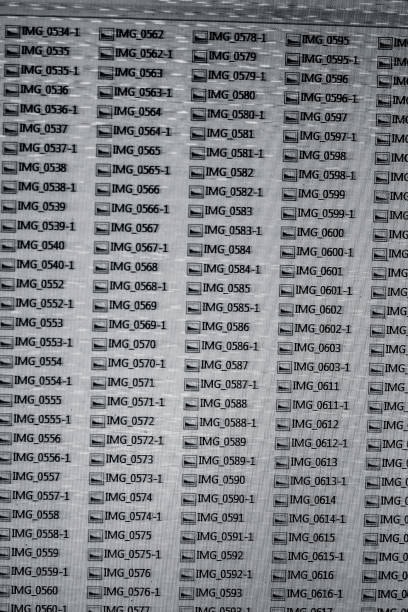
G and M codes adapt to various manufacturing processes, each with specialized applications. In milling operations, codes control multi-axis movements and complex tool paths. Turning applications utilize specific codes for diameters, facing, and threading operations. EDM (Electrical Discharge Machining) employs specialized codes for electrode positioning and spark parameters. 3D printing and additive manufacturing use modified G codes to control material deposition rather than removal. Laser and waterjet cutting operations adapt codes for beam control and cutting parameters. This versatility demonstrates why G and M codes remain the universal language of CNC manufacturing.
Modern Developments: Conversational Programming vs. G-Code
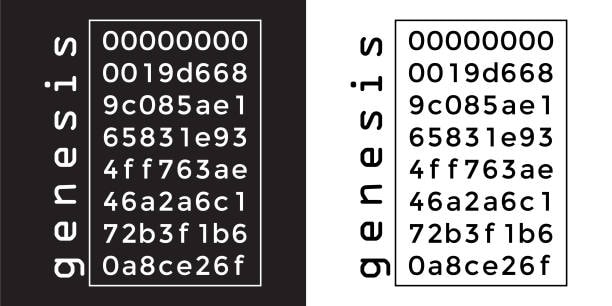
The manufacturing industry has evolved to offer alternatives to direct G and M code programming. Conversational programming provides intuitive interfaces where operators define operations using familiar manufacturing terminology and graphical elements. CAM (Computer-Aided Manufacturing) software generates G and M codes automatically from CAD models. These developments in cnc software don’t replace G and M codes but instead generate them behind the scenes. Understanding the underlying code structure remains valuable even when using cad or cam software as advanced interfaces, especially for troubleshooting or optimizing machine performance.
G and M Codes in Industry 4.0 and Smart Manufacturing
As manufacturing embraces Industry 4.0 principles, G and M codes integrate with broader digital ecosystems. Modern CNC systems incorporate real-time monitoring that adjusts code execution based on sensor feedback. Adaptive control technologies modify parameters during machining to optimize performance. Cloud-connected machines share and synchronize code across manufacturing cells. Machine learning algorithms analyze G and M code execution patterns to predict maintenance needs or suggest optimizations. Despite these advanced implementations, the fundamental G and M code structure and its related machine code continue to serve as the foundation for increasingly intelligent manufacturing systems.
Learning Resources for G and M Code Programming
Numerous resources exist for learning G and M code programming. Online platforms like CNC Zone, Titans of CNC, and NYC CNC offer tutorials and forums for knowledge exchange. Technical schools and community colleges provide hands-on training programs. Machine manufacturers offer specialized courses for their control systems. Reference manuals document code specifications for particular machines as well as guidelines for using cad software . Simulation software allows practice without risking actual equipment. For those seeking structured education, certifications from organizations like NIMS (National Institute for Metalworking Skills) validate programming competency.
G and M Codes for Hobbyists and Small Shops
G and M codes have become increasingly accessible to hobbyists and small shops. Affordable desktop CNC machines, typically using open-source control systems like Mach3, LinuxCNC, or GRBL, rely on simplified G and M code sets. These systems make advanced manufacturing techniques available to individuals with modest budgets. Online communities share code examples and project files. While industrial machines may offer more advanced features, the fundamental G and M code principles remain consistent across platforms, allowing skills to transfer between hobby and professional applications.
Optimizing CNC Programs Through Efficient G and M Code Usage
Efficient G and M code programming directly impacts machining productivity and quality. Optimization techniques include minimizing tool path length, reducing unnecessary rapid movements, and consolidating operations. Strategic code organization groups similar operations to reduce tool changes. Appropriate feed rates and cutting speeds balance production speed with tool life and surface finish quality. Careful consideration of modal code behavior eliminates redundant commands. These refinements in the programming process can significantly reduce cycle times, improve part quality, and extend tool life—demonstrating that programming skill remains valuable even as automation advances cad and cam software.
The Future of G and M Codes in Manufacturing
Despite being decades old, G and M codes continue to evolve alongside manufacturing technology. The development of high-speed, multi-axis machining has introduced extended codes for simultaneous motion control. Additive manufacturing has adapted traditional codes for material deposition. Future trends point toward integration with artificial intelligence for adaptive optimization and predictive capabilities. While alternative programming methods continue to emerge, the universal nature and established infrastructure built around G and M codes suggest they will remain fundamental to manufacturing for the foreseeable future.
Practical Applications and Case Studies
Across industries, G and M codes demonstrate their versatility through diverse applications. In aerospace manufacturing, complex 5-axis programs create turbine components with exceptional precision. Automotive factories use optimized code sequences for high-volume production control cnc machines. Medical device manufacturing relies on microcode adjustments for creating implantable components. Each application showcases how these standardized commands and certain g codes dapt to widely varying requirements while maintaining consistent syntax and structure. These real-world implementations prove the enduring value of G and M codes in modern manufacturing.
Conclusion
G and M codes represent the essential programming language that powers CNC manufacturing across industries. Though developed decades ago, these alphanumeric commands continue to evolve alongside technological advancements, demonstrating remarkable adaptability. From hobbyist workshops to advanced manufacturing facilities, understanding G and M codes provides the foundation for successful machining operations. As manufacturing becomes increasingly automated and digitally integrated, these fundamental commands will likely remain at the core of production processes, continuing their role as the universal language that transforms digital designs into physical reality.
